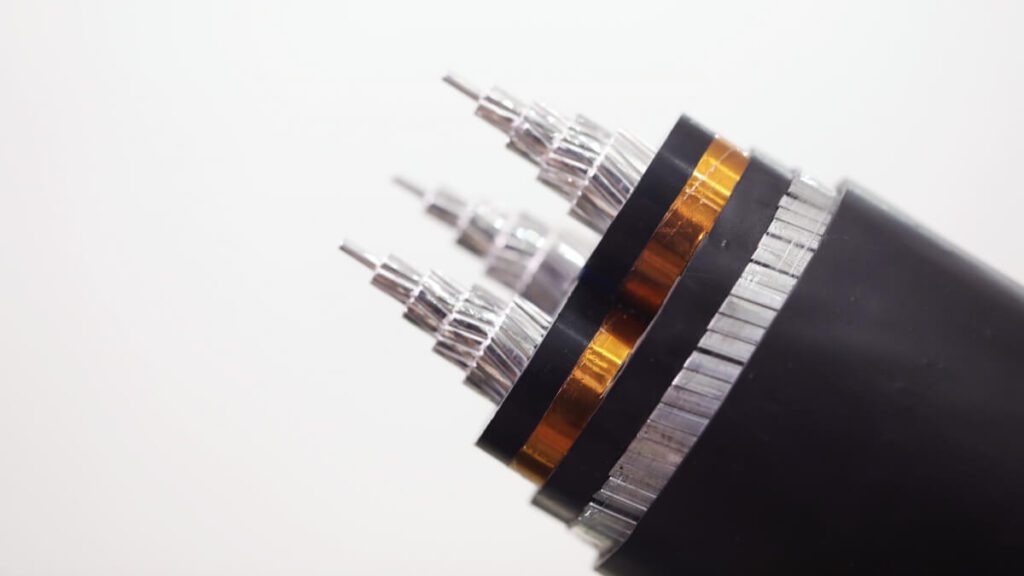
An achievement vastly overlooked by people today is the proliferation of fiber optic technology worldwide. Capable of transmitting information across continents and oceans, these bundles of glass wires are the backbone of our digital world.
So how do they work?
Well, fiber optics is a method of transmission, not the object itself. Fiber optic cables are made of thin drawn out and ultra-fine glass strands bundled into cables. These cables are then put into airtight sea-proof casing that stretches along the ocean floor and into transmission station across the globe.
These cables use pulses of light that flicker like morse code to deliver data at unimaginable speed.
Using a physical phenomenon known as “total internal reflection,” the light beam can be trapped within the wire, bouncing off the inner walls for the wire until it reaches its destination.
This phenomenon is what allows you to speak to your family and friends across the world with little to no delay – well, not always without delay.
Fiber optic technology is only one part of the equation. There are a slew of other factors that determine the speed and reliability of your broadband connection which we have covered here.
The longest fiber optic subsea cable stretches a staggering 39,000 kilometers. Dubbed SEA-ME-WE3 (South-East Asia – Middle East – Western Europe). Led by France Telecom and China Telecom, and is administered by Singtel, the cable has been both damaged and upgraded several times since its creation in the 2000s.
The transmission of data through light in itself is no small feat of technological achievement. The world is collaborating, competing, and pushing for more capacity, faster speeds, and more reliable infrastructure.
However, the best is yet to come.
An analysis by Research and Markets projects the fiber optic technology market to grow at a rate of 8.5 percent to reach $7.5 billion by 2025.
As carriers roll out 5G and the world’s demand for greater and greater internet speeds with less and less latency, fiber optic technology has yet to see its best days.
The world can look forward to constant upgrades, new cable extensions, and more efficient transmission methods all coming down the line that will make 100 GB/s look like pigeon message delivery.